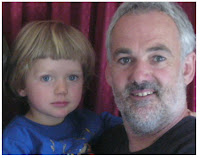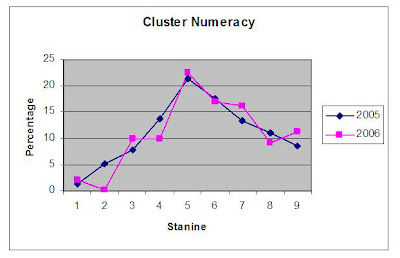
A recent editorial from Rhonda Galbally AO,(CEO of Our Community) discussed a new report by Professor Tony Vinson claiming Australia’s economic boom has failed to improve the lives of tens of thousands of Australians leaving them locked into communities of deep disadvantage.
Galbally writes: 'A confluence of research from around the world has found that the greatest risk factor for virtually all illnesses – not only the old-fashioned communicable diseases, but also mental illness and non-communicable illnesses such as stroke, heart disease and cancer – is social and economic inequity. A community’s resistance to these challenges, however – its resilience – depends on what Professor Vinson measures as “social cohesion”.
Professor Lisa Berkman (Harvard School of Public Health) and Emeritus Professor Len Syme (School of Public Health, University of California Berkeley) trace this social cohesion to such human factors as a sense of belonging and hope. Important, too, is a feeling that one is able to control one’s life and participate socially in a meaningful way. All these factors are boosted by engagement in community activities, and community activities thrive where there is a rich culture of voluntary associations.
The lack of community infrastructure in disadvantaged areas results in a lack of opportunity to build ‘social cohesion’ and a sense of belonging by participating in community groups. So lack of community infrastructure is a significant risk factor for destroying resilience in individuals.
Strengthening local community infrastructure is vital because, according to Vinson,
“Building a sense of belonging to one's locality and increasing neighbours' interaction with one another can go a long way to shielding children and families from the full impact of social disadvantage.” Research from around the world shows that belonging to community groups reduces crime and violence, increases respect for diversity, reduces youth suicide, and improves health. A doubling of the rate of membership in community organisations has the potential to reduce violent crime by up to a third and property crime by up to 10%.
To improve health, wellbeing and resilience these disadvantaged areas need more sports groups, more parent groups, more environmental groups, more disability groups, more older people’s groups, more car clubs, more associations of all kinds, addressing all interests and needs. In disadvantaged areas the quantity and quality of this infrastructure is significantly weaker.
As well, research in the new field of social epidemiology shows that communities that have a sense of control over the design, development and governance of that part of the community sector that delivers their services (e.g. emergency relief, disability services, aged care) are socially and medically healthier than communities where services are imposed through a top-down approach.
While the emphasis on building of community infrastructure is unquestionably necessary, by itself it won’t, of course, be sufficient – as Vinson says,
“Such building of connections between the residents of disadvantaged areas needs to be accompanied by the creation of new opportunities in education, training and employment that open up life opportunities.” There are a number of interesting issues in this abstract in relation to our chess program. What started as a simple classroom activity is providing an opportunity to improve childrens health across a rural community by providing access to volunteer programs, adult mentors & participation activities for young children and strengthening links with community organisations all, as Vinson desires, within a framework of education.
Interesting.
(Reprinted with permission from Our Community Matters. The full article can be found here.)



